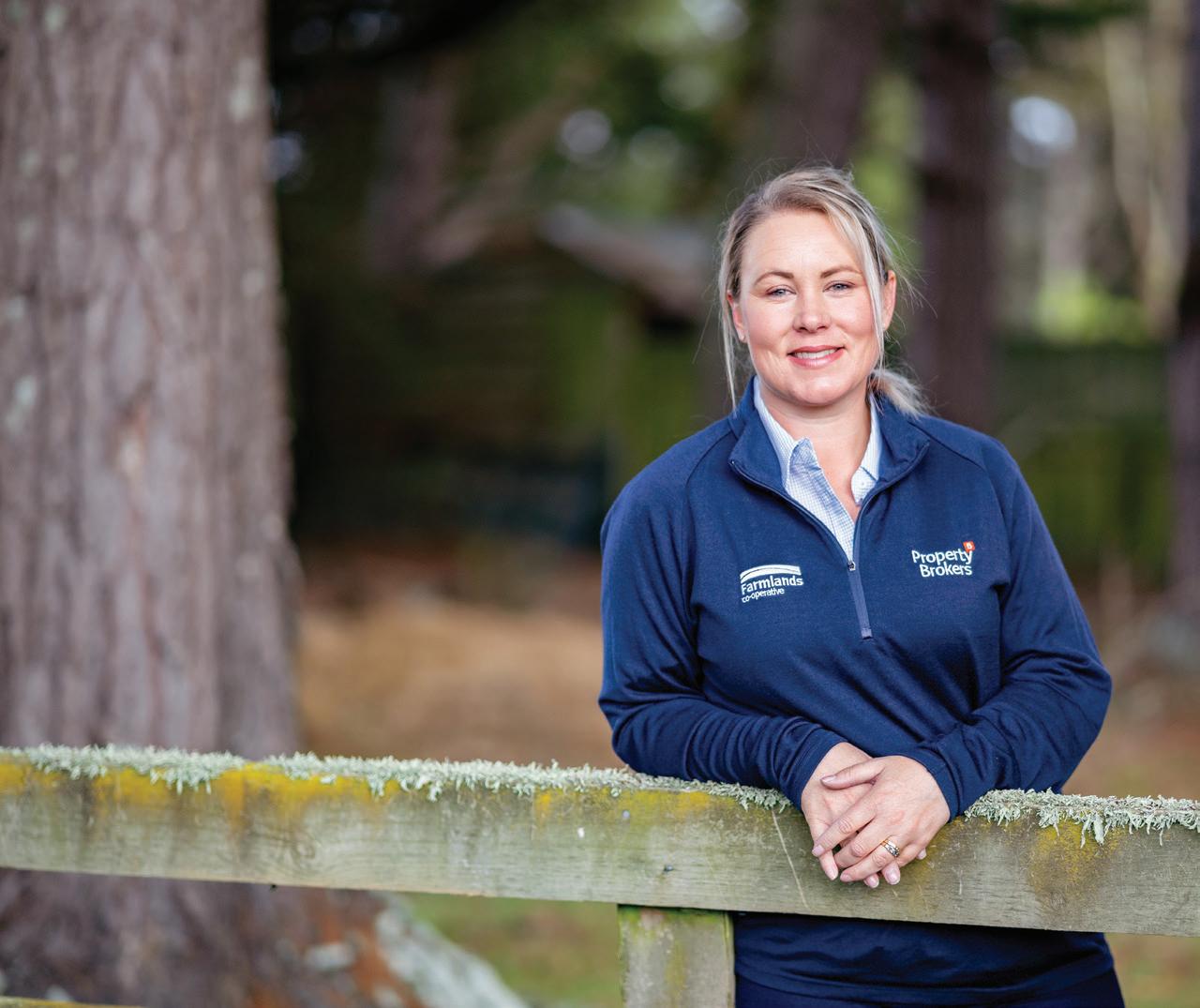
7 minute read
Healthy waterways require quality workmanship
The fencing industry will see an influx of work with Resource Management (Stock Exclusion) Regulations 2020 having come into effect on 3rd September. However, maintaining quality workmanship while keeping up with the work will be its biggest challenge, Marlborough-based contractor and Fencing Contractors Association of New Zealand (FCNZ) board member Mike Renner says.
With tens of thousands of kilometres of waterways due to be fenced by 2025, the majority of which is on sheep, beef and deer farms, the cost of implementing these regulations is expected to top NZ$1 billion. This year’s Budget included funding to support the changes, including riparian planting and fencing, meaning an influx of work for the fencing industry. “It’s a lot of work that needs to be done in such a short period of time,” Mr Renner says. More workers will need to be brought in to carry out the work and this needs to be controlled. It’s important that the high quality of workmanship in the industry is maintained with the upsurge in work and contractors will need support to do this. One way to achieve this is involving Certified Fencers to oversee projects and make sure the quality of work is there, Mr Renner says. “If you have some sort of clause in the agreement that a Certified Fencer has to carry out the work or sign the job off, then that helps maintain a quality control.” Good decision making at the start of the exercise — when awarding the work — has long term consequences with regards to longevity and lowering maintenance. Mr Renner hoped the government would work with both FCNZ as the industry body and farmers to find solutions to issues. “They’ve got to have their eyes a bit more open to implementation and practicalities to assist and not hinder farmers. It’s got to go both ways.” For example, farmers would be left with a “heck of a lot” of maintenance once the fencing was in place, from things such as flood damage. “And you can't expect them to meet that cost.” He added fencing off rivers in the high country would not work and a system needs to be put in place, like a water quality rating. “If the river is clean, like most high-country water catchments, that will pass a clean bill of health and shouldn't be touched but reviewed every 5 years, for example. “There are other options like fencing off some water catchments that lead into the main rivers and planting these areas to do their bit.” The fencing industry is in good stead to meet the challenge ahead of it and there are plenty of positives, Mr Renner
| The fencing industry is in good stead to meet the challenge of the stock exclusion regulations.
says. Implementing the stock exclusion regulations will require good planning and the right support in place.
To find out more about Certified Fencers and the Fencing Contractors Association of NZ, visit www.fencingcontractors.co.nz or call 0508 432 269.
Article Supplied by FCNZ
There’s a reason farmers are turning to Hansen as their preferred trough valve. With up to 30% faster fills and a host of lower maintenance features, they’re fast becoming the choice of a new generation of users.
Follow these steps to choose a suitable valve from the table below.
Hint: Grab a pen and circle the items relevant to your trough
Step 1 - Know your trough’s entry style Step 2 - Check your trough’s inlet thread size. Step 3 - Choose the arm length that suits your trough. Step 4 - Choose the largest ball float that will fit into your trough. Step 5 - Then with stock numbers in mind, choose a Hansen valve that suits.
9 lpm @ 29 psi 34 lpm @ 29 psi 188 lpm @ 29 psi 570 lpm @ 29 psi
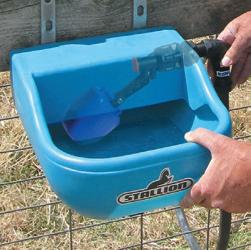
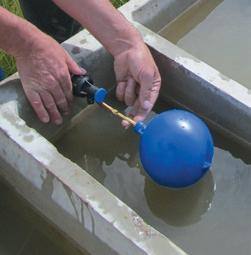
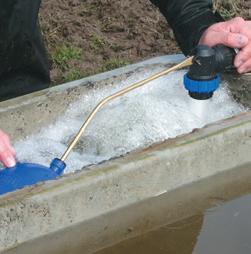
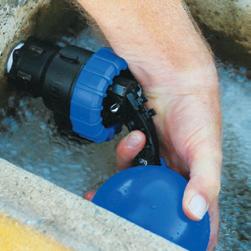
• Suits confined spaces • Hansen Ezi-Clamp arm makes level adjustment a breeze • Ability to attach a diffuser hose • Compact design • Reliable in low and high pressure applications • Durable long life valve seat • High performance cost effective trough valve • Patented slipper fit piston helps eliminate stuck valves • Delivers high volumes of water quickly with unrestricted full flow • Stock proof bendable arm • Self cleaning for clean/dirty water
Trough Entry Style Trough Inlet Adapters
Arm Options
Float
Stock Type & Total Volume
Pressure Range 0 to 12 Bar / 0 to 174 psi
Top only
15mm, 20mm, 25mm Note: 15-50mm standard & long tail adapters also available separately
Included
Included
Calves, Horses, Pigs, Goats, Chickens
Pressure Range 0 to 12 Bar / 0 to 174 psi
Top or Side
15mm, 20mm, 25mm Note: 15-50mm standard & long tail adapters also available separately
Short or Long
115mm or 140mm (sold separately)
Pressure Range 0 to 12 Bar / 0 to 174 psi
Top or Side
15mm, 20mm, 25mm Note: 15-50mm standard & long tail adapters also available separately
Long or Short
140mm or 115mm (sold separately)
Dairy - Fewer than 500 Sheep - Fewer than 6,000 Beef - Fewer than 600 Pressure Range 0.2 to 12 Bar / 2.9 to 174 psi
Top, Side or Bottom
20mm, 25mm, 32mm Note: 15-50mm standard & long tail adapters also available separately
Standard & Extension Arms Included
Included
Stock volumes based on each valve’s flow rate at 29 psi (2bar). Flow rates will vary from farm to farm due to pipe size and system design. More information is available from Hansen Products’ website (www.hansenproducts.co.nz) or by contacting a Hansen Products Water System Specialist. Phone 0800 420 349
Available at your local Farmlands store
Your 100 o /o Kiwi made trough valve solutions| Patrick and Anne Hannon, the original settlers.

Preserving the dairy tradition
It’s been 120 years since the land at Woodlands gave birth to a five generation strong Southland farming dynasty.
Anders Peterson Schmidt was born in 1858 in Wasterterp, Germany. Anders left Europe to explore the world in 1878 as the carpenter on a Norwegian whaling ship. He eventually settled in Woodlands as a builder, cabinetmaker and undertaker, employing two gangs of workers. In 1892, at 34 years old, he married Agnes Drake (25 years old) from Oteramika. It is Agnes who has her name on the title – 40.84ha at Woodlands, bought in 1896.
| Milert Peters Schmidt delivering the milk to the
Woodlands dairy factory. Milert Peters was born in 1894 and married Charlotte (Lottie) Mary McKenzie in 1923. They continued to farm and had three children – Katherina, Margarey and Milert. Milert Anders married Nancy Gabrille (Gay) Smith in 1951 and they had four children – Adrian, Peter, Jim and Robert (Bob). Milert had taken over running the farm when he was 12 years old and never got to secondary school as his father was unwell. They mainly farmed cattle and sheep; initially it had been a dairy farm. By then the farm had increased in size to 178ha. In 1953, Milert and Gay brought a swampy piece of land, approximately 450 acres, at Kapuka (“The Moss”). Milert drove to Christchurch from Invercargill in an amazing eight hours in the Jenson on gravel roads to sign the land up with the owner before he left for overseas. Over the years the family developed the land, picking up mountains of sticks. There was no road or power when it was purchased. Eventually Peter farmed the Kapuka farm and continued to develop it. Bob worked on the Woodlands farm after a short stint of overseas travel. Bob and Delwyne (nee Broomfield) were married in 1984. They continued to farm sheep for 13 years and the land increased to 191ha — the income derived from lambs sold to slaughter and wool. In 2001 the farm was converted to dairy farming. A 50-bail rotary dairy shed was built and a lot of the pastures re-grassed and lanes and troughs put in. The cow shed was the fifth to be built on the farm, as generations before had dairy farmed also. This was all planned meticulously by Bob, who had never milked a cow in his life, but knew how stock flowed after his years of sheep farming. Bob and Delwyne have four children – Daniel (married Karla in 2017), Hayden (married Trudy in 2016), Reuben and Tessa. Daniel and Tessa both work for DairyNZ. Reuben (and his partner Melanie) are now contract milkers with 500 cows at Woodlands, and Hayden and Trudy contract milk on the second farm at Wakapatu milking 520 cows. This farm was purchased in 2007 and converted to dairy, installing a 54-bail rotary shed, as well as all the necessary infrastructure. It seems the fifth generation is keen to have a go at succession.
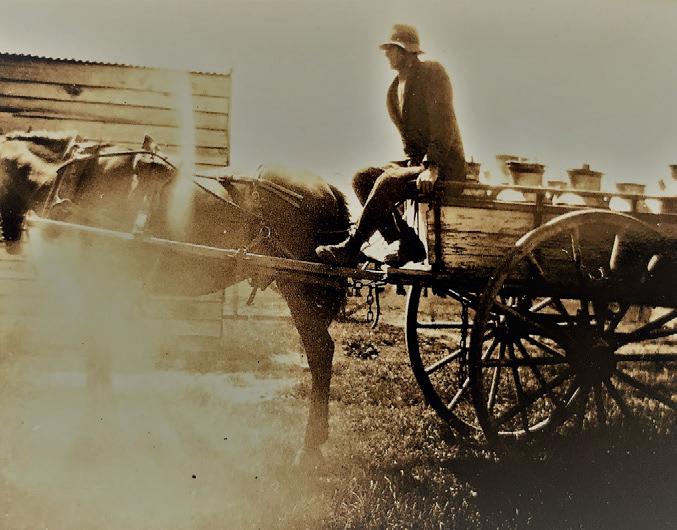
Ever thought about a career in rural or lifestyle real estate?
